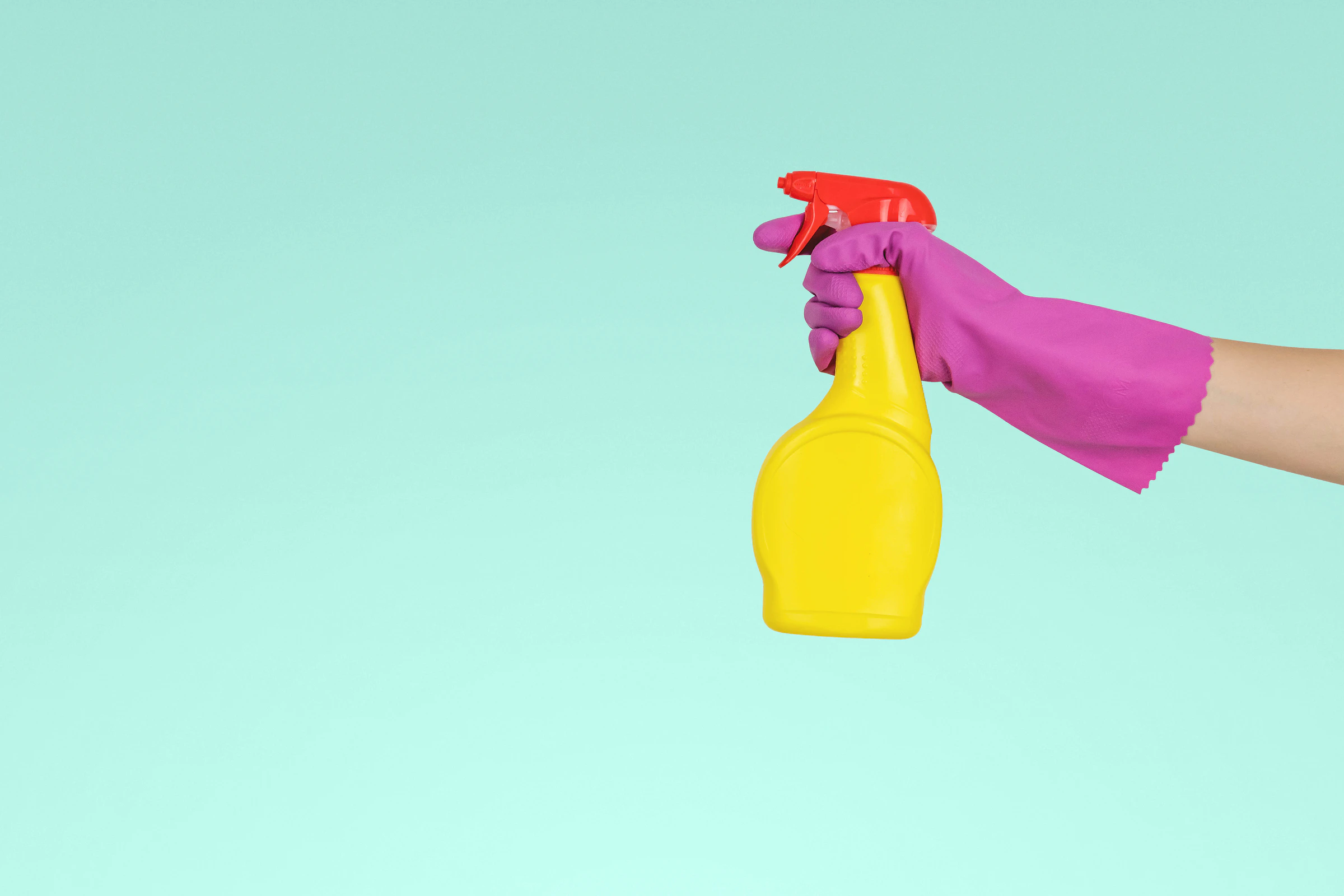How to Maintain and Take care of Epoxy Flooring
12 June 2025
How to Maintain and Take Care of Epoxy Flooring
Epoxy flooring is well known for its durability, sleek appearance, and ease of maintenance. Whether you’ve had your floors for a while or are considering installing epoxy in your space, it’s essential to know how to keep them in top condition. Regular care and maintenance can extend the lifespan of your epoxy floors, ensuring they stay looking pristine and performing well for years to come.
Here’s a comprehensive guide on how to maintain and take care of your epoxy flooring:
1. Regular Cleaning: The Key to Longevity
One of the main benefits of epoxy flooring is its low-maintenance nature. To keep your floors looking fresh, regular cleaning is essential. Dust, dirt, and debris can build up over time, and while epoxy is resistant to stains and spills, it’s best to prevent any buildup.
What to do:
- Sweep or vacuum regularly: This will remove loose dirt and debris that could scratch the surface. A soft-bristle broom or a vacuum with a hard floor setting works best.
- Mop the floors: Use a damp mop with a gentle floor cleaner to wipe down the surface. Avoid using harsh chemical cleaners, as they can damage the finish. A mixture of mild dish soap and warm water is perfect for routine mopping.
- Dry the floor after mopping: To prevent water spots or streaks, dry the floor with a soft microfiber cloth or towel.
Tip: To avoid scratches, always use a soft mop head or cloth, and make sure to clean any spills or debris right away.
2. Handle Spills Promptly
Epoxy floors are resistant to most spills, including oils, paints, and chemicals, but it's still important to clean up any spills quickly. While epoxy is non-porous, prolonged exposure to certain substances could cause discoloration or damage to the surface over time.
What to do:
- Wipe up spills immediately: Use a cloth, paper towels, or a sponge to absorb the spill as soon as it happens. For stubborn spills like grease or oil, a gentle degreaser can be used.
- Use mild cleaners for specific spills: For tougher substances like paint or chemicals, use a specialized cleaner designed for epoxy floors. Make sure to follow manufacturer instructions for cleaning to avoid damage.
3. Avoid Harsh or Abrasive Cleaning Tools
While epoxy floors are known for their strength and resistance to scratches, using harsh cleaning tools can wear down the finish over time. Avoid abrasive pads, steel wool, or rough-bristled brushes when cleaning your epoxy floors.
What to do:
- Use soft cloths or microfiber towels: These are gentle on the surface and will not leave scratches.
- Use soft-bristle brooms: For sweeping, choose a broom with soft bristles that will not damage the finish.
4. Prevent Scratches and Damage
Though epoxy floors are highly durable, it’s still important to take precautions to avoid scratches, gouges, or damage. Heavy furniture, sharp objects, and high-heel shoes can all cause harm to the surface if not properly managed.
What to do:
- Use felt pads under furniture: Place felt pads or coasters under heavy furniture, tables, or chairs to prevent scratching when moving them.
- Be mindful of sharp objects: Avoid dragging heavy objects or sharp tools across the floor. If you must move something heavy, use furniture sliders to protect the floor.
- Keep high-heel shoes in mind: Some high-heeled shoes can cause small dents or scratches in flooring surfaces. Encourage guests or family members to remove their shoes or use protective mats.
5. Maintain the Gloss and Shine
Epoxy floors are known for their glossy finish, and this can be maintained with the right care. Over time, the gloss may begin to dull from wear, but with proper upkeep, you can preserve that shiny, brand-new look.
What to do:
- Buff the floor occasionally: To restore some of the shine, consider using a floor buffer with a soft polishing pad. This will help maintain the floor’s glossy surface without the need for a complete refinishing.
- Reapply a topcoat if necessary: If your epoxy floors start losing their luster, you can apply a new layer of epoxy or a clear topcoat to restore the finish. Consult a professional if you’re unsure about reapplication.
6. Avoid Excessive Moisture and Humidity
Epoxy flooring is resistant to water, but it’s still important to manage moisture levels in areas where water can accumulate. Excessive humidity or standing water can weaken the bonds between the epoxy and the concrete substrate, causing issues over time.
What to do:
- Ensure proper drainage: Make sure your space is properly ventilated, and that moisture can’t accumulate on the floor. Ensure that any water sources, like sinks or toilets, do not have leaks that could cause water to pool on the epoxy surface.
- Avoid excessive moisture exposure: Areas like bathrooms or basements should be kept well-ventilated to reduce humidity. Using a dehumidifier in these spaces can help prevent moisture from affecting the floor.
Conclusion: Simple Steps for Long-Lasting Epoxy Floors
Maintaining your epoxy floors doesn’t have to be difficult. By following these simple care tips—regular cleaning, prompt spill cleanup, avoiding harsh tools, and taking preventive steps to minimize scratches and damage—you can ensure that your floors continue to shine and last for many years. Whether in a high-traffic commercial space or your home, epoxy floors offer unmatched durability, beauty, and ease of maintenance when properly cared for.
If you need assistance with epoxy floor installation or maintenance, feel free to reach out to Alpine Flooring Solutions. We're here to help you protect and preserve your investment, ensuring your floors look as good as new!
Alpine Flooring Solutions
Whatsapp or Call:
+65 80684605

